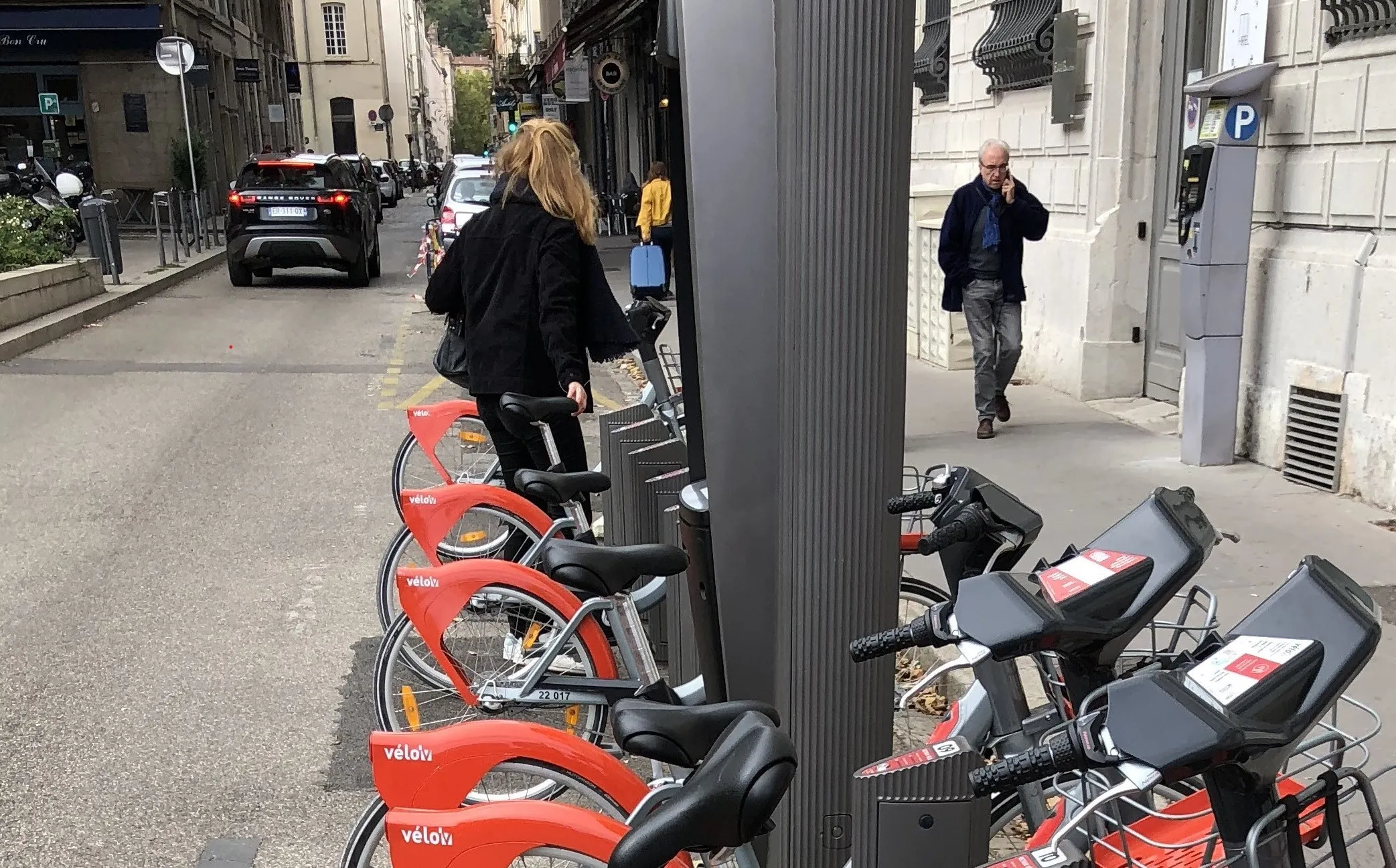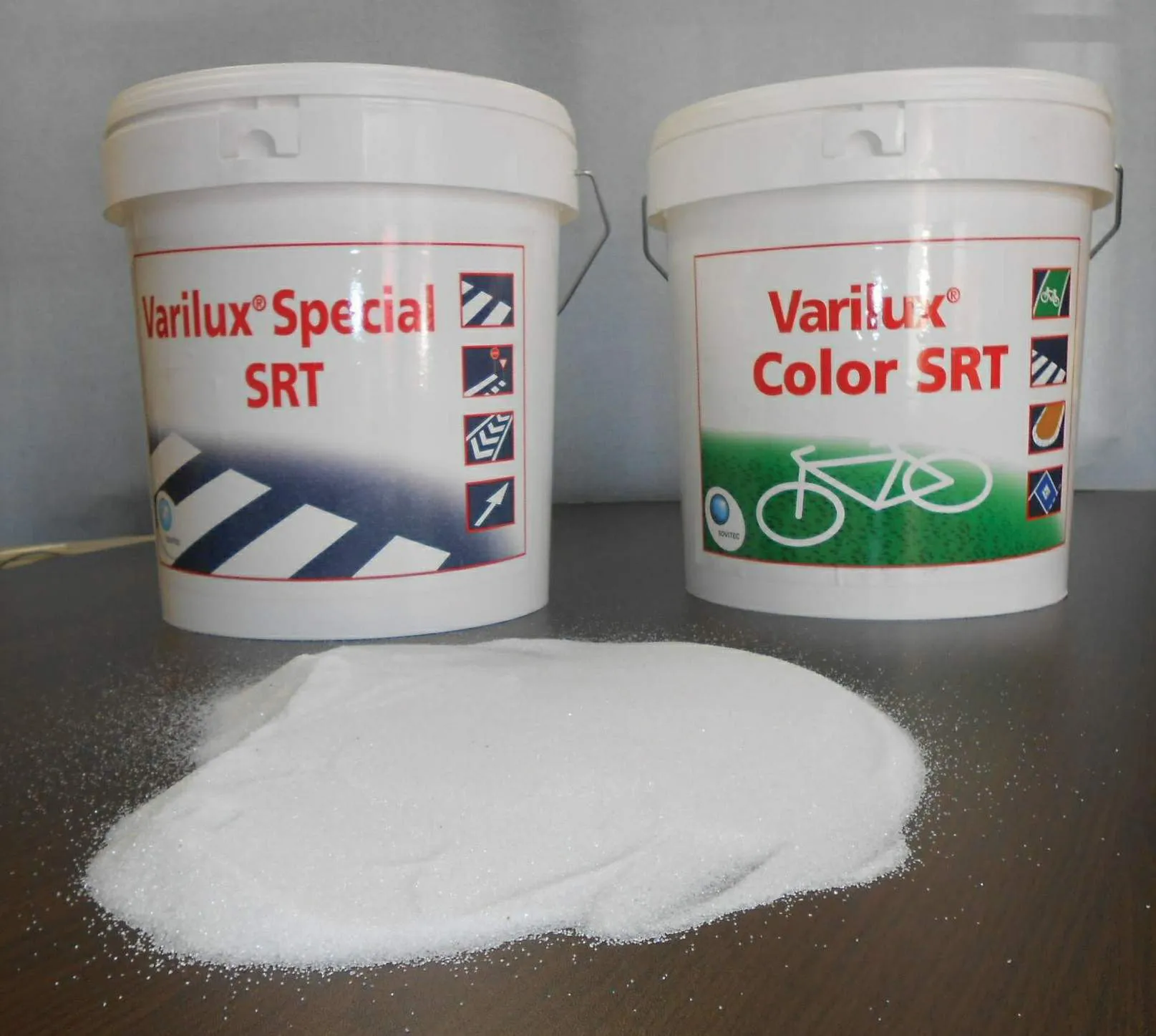A new project providing a safe parking area on a major Danish highway is to receive EU co-funding. The European Union is providing just over €400,000 from the TEN-T Programme a project to build a safe and secure rest area on the E20 highway near the city of Kongsted. The project, which was selected for funding under the 2012 TEN-T Annual Call, will support the construction of a secure and safe rest area for cars and trucks on the route between Køge and Ringsted. The new rest area will consist of 64 parking
March 28, 2014
Read time: 2 mins
A new project providing a safe parking area on a major Danish highway is to receive EU co-funding. The 1116 European Union is providing just over €400,000 from the TEN-T Programme a project to build a safe and secure rest area on the E20 highway near the city of Kongsted. The project, which was selected for funding under the 2012 TEN-T Annual Call, will support the construction of a secure and safe rest area for cars and trucks on the route between Køge and Ringsted. The new rest area will consist of 64 parking spaces for passenger cars and 35 parking spaces for trucks, including special spaces for extra-long vehicles. To make it safer at night, the rest area will be illuminated. An Intelligent Transport System (ITS) will also be created to inform drivers on parking availability. The project is a vital part of implementation of the Danish Rest area strategy, in line with Directive 2008/96/EC on road infrastructure safety management. The initiative will be monitored by the Innovation and Networks Executive Agency (INEA) and is set to be completed by the end of 2014.








